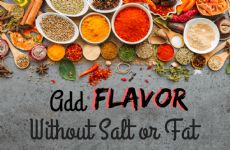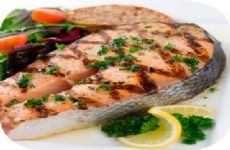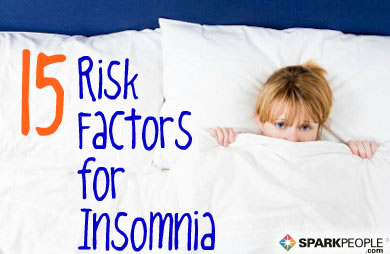|
Load up on fruits and veggies. Never skip breakfast. Watch your portion sizes. While you've got a pretty good handle on the healthy eating basics, there are some lesser-known guidelines that could help you lose weight, feel fuller faster and boost the nutrients in your food. "The key is figuring out which ones translate to your lifestyle," says Stephanie Middleberg, RD, founder of Middleberg Nutrition in New York City. So here are, 10 quirky tips you've likely never heard before—test them out and determine which work best for you. 1. Don’t eat fruit alone. Grabbing an apple as a 4 P.M. snack to hold you over? That's fine. Your all-fruit smoothie or gigantic bowl of melon, on the other hand, isn't going to work as a stand-alone meal, says Keri Glassman, RD, author of The New You and Improved Diet. Fruit is all carb, which makes your blood sugar spike, then drop—leaving you hungry (and tired) an hour or so later. For a meal or snack that lasts, combine fruit with protein or healthy fat, both of which slow down digestion and prevent that sugar rush. Think: 2 Tbsp of peanut butter for dipping apple slices; 1 cup of yogurt or half an avocado blended into your smoothie; or ½ cup of cottage cheese to top off your bowl of pineapple. 2. Whole grain isn’t always better. If you're choosing whole-wheat bread over the white stuff, you're probably doing your family a favor—whole grains lower your heart disease risk, keep you fuller longer and more good things. But a new Harvard School of Public Health study found that many products with the Whole Grains Council's Whole Grain Stamp are actually higher in sugar and calories than those without the label. "A whole-grain sugar cereal is still a sugar cereal, and a whole-grain cookie is still a cookie," says Glassman. That’s why experts suggest getting whole-grain goodness from the purest sources: unsweetened oatmeal, popcorn, quinoa, brown rice and whole-wheat pasta. As for whole-grain cereals and breads, look for products that have at least 3 grams of fiber yet no more than 6 grams of sugar or 100 calories per serving, says Glassman. 3. Pass up fresh produce—sometimes. Get this: The longer "fresh" produce sits around, the more nutrients it loses. So if broccoli or berries are trucked across the country before hitting your grocery store, buying frozen may be better—especially in winter. "Frozen fruits and vegetables are preserved at peak ripeness," says Middleberg. "This traps nutrients and usually makes the food taste better too, which means you’ll eat more." Click here and get more nutrition rules from Woman's Day. More from Woman's Day: How do you get more health benefits out of what you eat? Which of these tips work for you? |
Popular EntriesMore From SparkPeople
|







.jpg)










.png)
